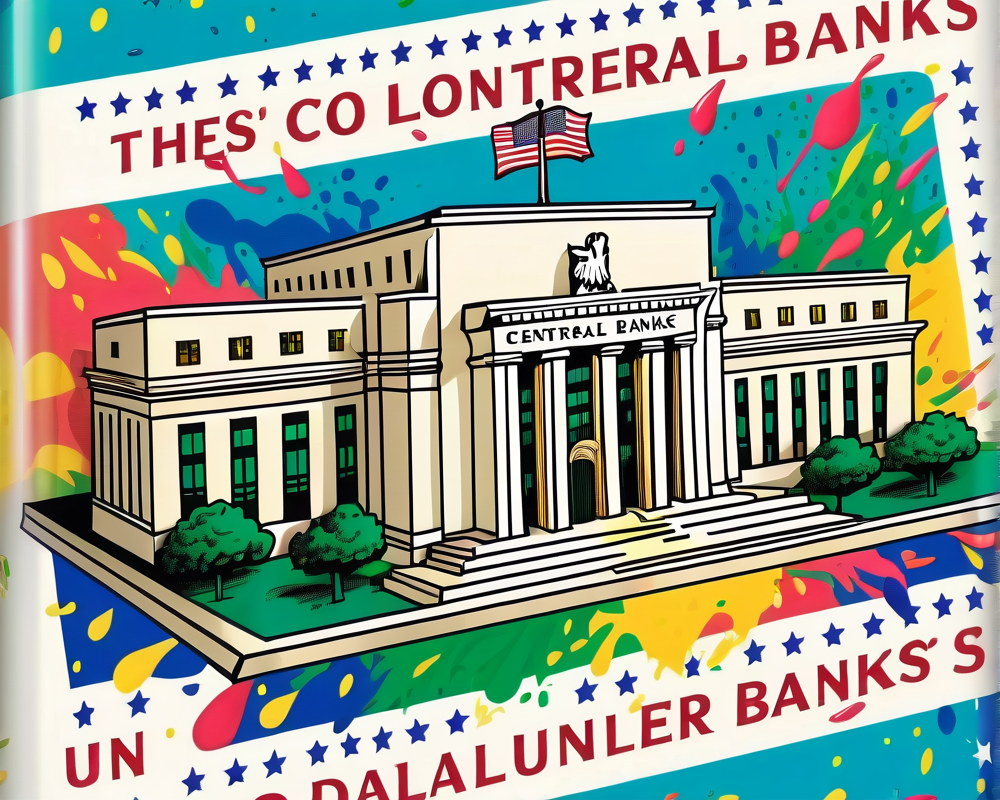The Federal Reserve has officially rolled up its sleeves and joined forces with five other central banks in an unprecedented bid to keep the U.S. dollar circulating smoothly. Why? It seems the banking world has been going through its own version of a bad breakup, with some institutions in the U.S. and Europe facing awkward takeovers and desperate buys.
What Sparked This Central Bank Reunion?
On March 19, the Fed announced its coordinated effort shortly after Swiss bank Credit Suisse made headlines by selling itself to UBS for a cool $3.25 billion, all in the name of maintaining Switzerland’s financial stability. Talk about breaking up to make up!
What Are Swap Lines and How Do They Work?
Let’s decode the financial jargon. Swap lines are agreements between two central banks to exchange currencies. Think of it as a currency Tinder—when the chips are down, these central banks swipe right to improve liquidity in dollar funding markets. This isn’t the first time the Fed has turned to swap lines; they played a crucial role during both the 2007-2008 financial crisis and the pandemic response in 2020.
Daily Operations on the Rise
To make these swap lines even more effective, the Fed announced an increase in the frequency of operations from weekly to daily, which is like going from a casual coffee date to a full-on daily brunch scenario. The central banks involved include:
- Bank of Canada
- Bank of England
- Bank of Japan
- European Central Bank
- Swiss National Bank
This liquidity lifeline kicks off March 20 and is set to last at least until April 30, giving all parties a little breathing room.
The Underlying Banking Crisis
Amidst this financial Florescence, let’s not forget the elephant in the room: the recent U.S. banking crisis. Silvergate Bank and Silicon Valley Bank have collapsed, while Signature Bank is now under the watchful eye of the New York Department of Financial Services. Yet the Fed has maintained radio silence on these specifically tragic tales.
Why Are Economists Debating the Move?
The Fed’s swap line announcement has led to debates surrounding whether these actions constitute quantitative easing. Economists like Danielle DiMartino Booth weighed in, insisting these swap lines don’t automatically loosen financial conditions. As she put it, if you’re a doctor in a high-stakes situation, the paddles in your hand don’t help if you can’t reach them. The swap lines are merely facilitating access to those crucial paddles.
Possible Implications for U.S. Banks
As the Fed seeks to keep the banking crisis from escalating further, it has set up a $25 billion funding program to ensure that banks can meet customer demands. Despite these efforts, a new analysis claims that up to 186 U.S. banks could be at risk of insolvency. Yikes! With the potential of $300 billion in insured deposits at stake, things could get rocky.
In summary, while the Fed and other monetary powers are busy playing matchmaker for currencies, the U.S. banking scene still resembles a dramatic reality show. Only time will tell if this central bank coalition can save the day and keep the dollar flowing smoothly amidst these turbulent times.




